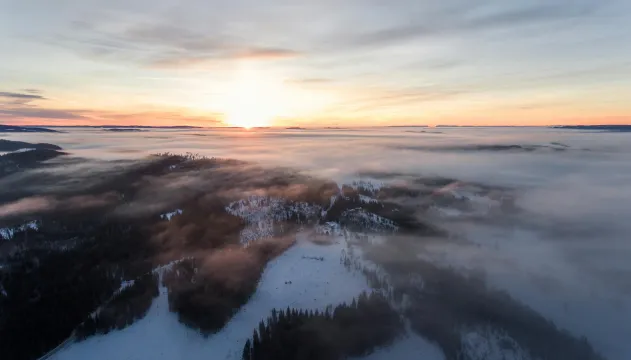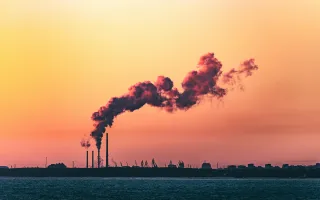Active banners: 1 Visible banners: 1
Banner ID: 4 Has content: true
Let's create continuous conversations about climate change education: Spreading the Sediment of Science!
Activity Book: Discover Your Changing World With NOAA
Provided by: NOAA
Ebooks
678
Synopsis
- This activity book from NOAA is full of activities aligned with The Essential Principles of Climate Science that students can use to learn and demonstrate their knowledge about climate and climate change.
- Students will complete a number of hands-on activities such as building a model of a solar engine, making a solar oven and electronic temperature sensor, as well as learn about climate-related extinciton, models of the greenhouse effect, and a model to demonstrate ocean acidification.
- The activities include games about the Climate Literacy Principles and carbon emissions, and students will learn the difference between weather and climate, why different locations have different climates, and the importance of being climate-literate.

Subjects: Earth and Space Sciences
Authors: NOAA
Region: Global
Languages: English
Teaching Materials
Positives
- Activity 9 does an excellent job of emphasizing and honoring students' ideas by allowing them to choose the mode of communication for their message.
- Brief passages before and after the activity directions give students adequate background knowledge on the relevant climate topic without being long or overwhelming.
Prerequisites
- Students should understand that some colors absorb heat while others reflect it.
- Teachers will need to gather materials ahead of time. These materials will depend on the activity.
- Many of the links to reference information or extend learning are broken.
Differentiation & Implementation
- Some students may benefit from a visual tutorial for building some of the objects in the activities. Teachers can model building the objects live or pre-record a video of themselves putting it together to use for multiple class periods and in future years.
- To make connections to presentation standards, teachers can have students select an activity of their choice, excluding Activities 8-10, and use class time to build the object, read through the material, and prepare an informative speech. Students can perform a demonstration of their object and give a brief, informative speech summarizing what they have learned about the climate. This can be done individually or in small groups.
- Teachers can use these activities to close out lessons or introduce lessons on various climate change topics. Teachers can use each corresponding activity after lessons about climate vs. weather, the ocean's role in the climate, mass extinction events, anthropogenic climate change, climate forecasting, the greenhouse effect, and ocean acidification. Teachers can then use one or all of activities 8-10 as a summative project for the unit.
- If each student is building their own object, teachers may want additional adults in the room to assist with some of the adult-only steps.
Scientist Notes
Teaching Tips
Standards
Resource Type and Format
All resources can be used for your educational purposes with proper attribution to the content provider.
Teaching Materials
Educator Support
My Account







